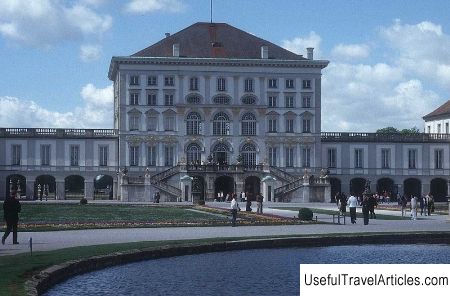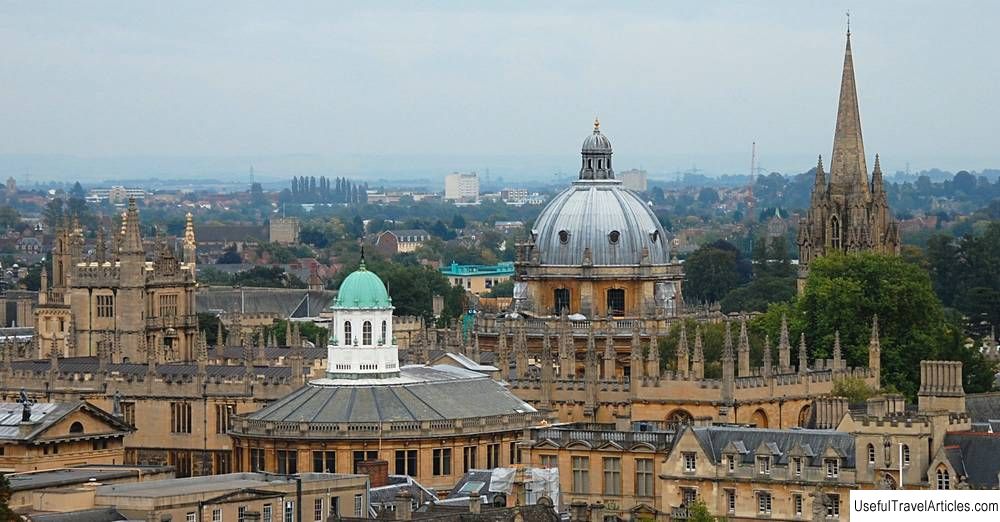Nymphenburg Palace (Schloss Nymphenburg) description and photos - Germany: Munich
Rating: 8,4/10 (103 votes) 
Nymphenburg Palace (Schloss Nymphenburg) description and photos - Germany: Munich. Detailed information about the attraction. Description, photographs and a map showing the nearest significant objects. The name in English is Schloss Nymphenburg. Photo and descriptionThe former summer residence of the Bavarian rulers in the west of the city lies in the middle of one of the most beautiful parklands in Munich. Five generations of the Wittelsbachs took part in the construction of the baroque castle. The history of the construction of Nymphenburg Castle begins with the Elector Ferdinand Maria, who ordered the construction of the middle part of the building in the style of Italian villas (1664-74) for his wife in connection with the birth of the heir to the throne, Max Emanuel. Under Max Emanuel in 1700, architects Enrico Zucalli and Antonio Viscardi expanded the complex with galleries and pavilions. A few years later, the southern part of the castle - Marshtal - was built, and a greenhouse was laid in the north. The park area was greatly expanded in the 18th century and, starting in 1715, was rebuilt by Girard in the French style (after the image of Versailles). In the interior of the palace, attention is drawn to: the Great Hall in the Rococo style, decorated with frescoes by Zimmermann; Gallery of beauties with portraits of 36 of the most beautiful Munich women; Lacquer cabinet with black and red lacquered Chinese panels. The exhibits of the local Museum of Porcelain were made in the castle, at the local manufactory, which is one of the oldest porcelain factories in Europe. The Carriage Museum displays an excellent collection of carriages, sleighs and horse harness, including the carriages of King Ludwig II. The Amalienburg hunting pavilion is famous for its perfection of form and decor. It was built under the direction of the architect Francois Cuvillier in the Rococo style and is distinguished by the subtlety of work and elegance that are especially noticeable in his Mirror Gallery. Also noteworthy are two more pavilions of the palace complex: Bath,       We also recommend reading Paterno description and photos - Italy: Catania (Sicily) Topic: Nymphenburg Palace (Schloss Nymphenburg) description and photos - Germany: Munich. |




